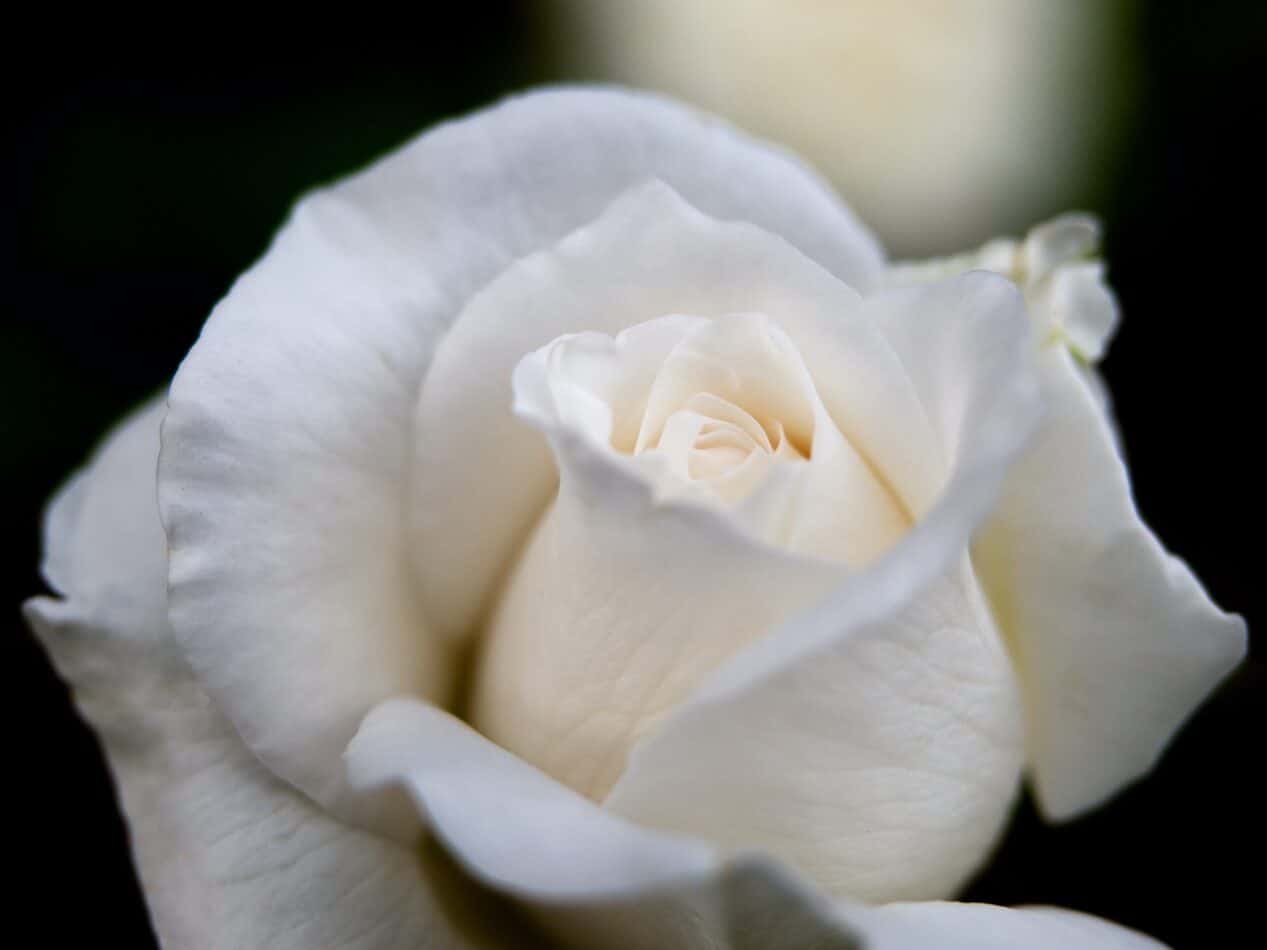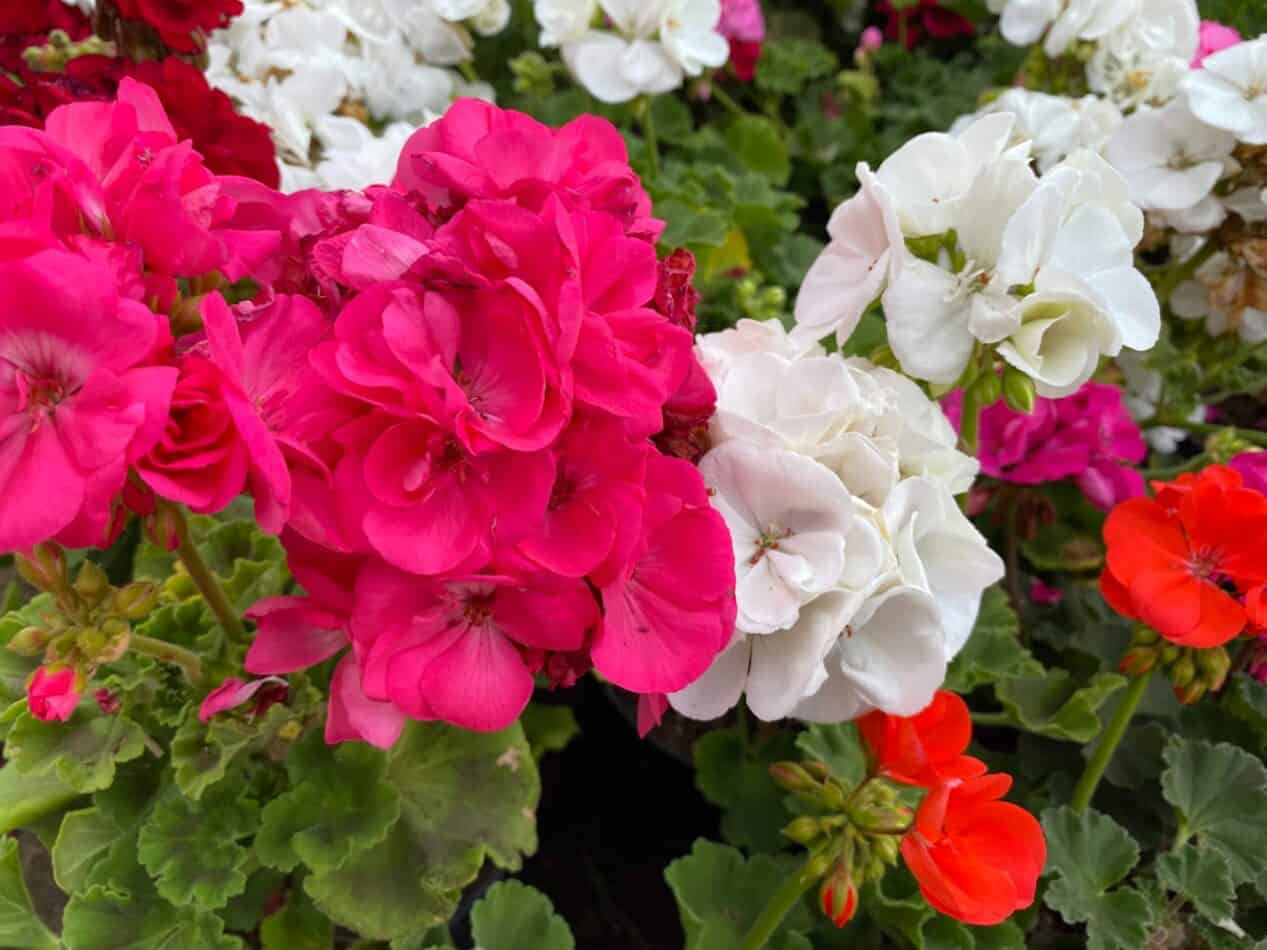Gladioli, also known as Gladiolus or Sword Lilies, are flowering perennials that belong to the Iridaceae family. These tall and showy flowers are popular in gardens due to their magnificent spikes of funnel-shaped flowers. They also make great cut flowers and are commonly used in bouquets. Gladioli are found in temperate regions all over the world.
Plant Characteristics
Gladioli are herbaceous plants that produce stems up to 1.5 meters tall. Depending on the variety, they can be used as annuals or perennials. Some types can overwinter in mild regions. Gladioli are mostly made up of single specimens, but double-flowered varieties are also available. The flowers come in a range of colors including white, red, pink, orange, and yellow. Patterned or striped varieties are also available.
Growing Conditions
Gladioli prefer full sun to light shade and well-drained, humus-rich soil. It’s best to plant Gladioli in raised beds in low-lying areas. Regular watering and providing an adequate amount of compost is essential for healthy growth.
Propagation
Propagation of Gladioli is generally done through corm replanting. At the end of the growing season, the corms should be dug up, cleaned, and repaired. They can then be replanted in the early spring. In ideal conditions, they will flower in the same season.
Pests and Diseases
Stalk rot and powdery mildew are common problems when growing Gladioli. Other diseases that may occur include white rust, downy mildew, and sundews. Common pests on Gladioli include aphids, snails, and slugs, which feed on young foliage. Insecticidal soap or neem oil can be used to control these unwanted visitors.
Care
Gladioli require consistent moisture and some shade in the afternoon, especially in hot climates. Regular feeding with a balanced fertilizer will help keep your plants healthy. After the flowers have finished blooming, be sure to deadhead the spent blossoms.
FAQs
- Q: What is the ideal time to plant Gladioli?
- A: The ideal time to plant summer-flowering bulbs is in the spring, after the soil has had time to warm up.
- Q: What is the best way to store Gladioli corms for replanting?
- A: Once your Gladioli corms are dug up, it is important to store them in a warm, dry place. Depending on the size of the corm, it may be necessary to remove the old outer layer. The corms should then be stored in a cool, dry area with temperatures around 50 degrees F and high humidity.
Fact Sheet
| Flower | Gladioli (Gladiolus) |
|---|---|
| Family | Iridaceae |
| Plant Type | Perennial or Annual |
| Mature Size | Up to 1.5 meters |
| Sun Exposure | Full sun to light shade |
| Soil Type | Well-drained and humus rich |
| Soil pH | Neutral |
| Bloom Time | late spring to summer |
| Flower Color | White, red, pink, orange and yellow (and patterned or striped varieties) |
| Hardiness Zones | Varies based on variety, but generally 5 to 11 |
| Native Area | Temperate areas of the world |
Gladioli are a great choice for any garden due to their tall nature and long blooms. With the wide selection of colors and patterns, they can create a beautiful
What we love from Amazon this week
Buy these wonderful flowers directly from Amazon:















